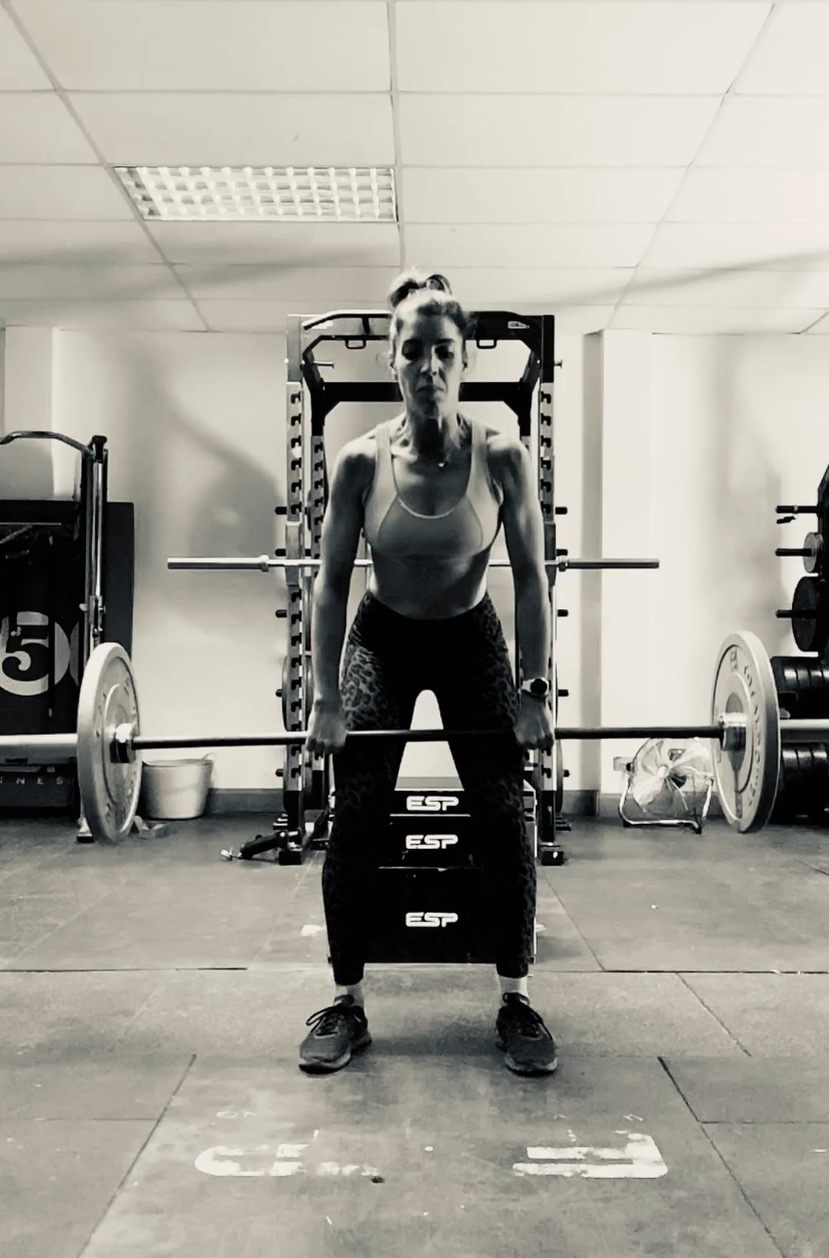The UK’s leading barre expert and all round fitness guru Vicki Anstey, shares her tips on easing yourself back into the gym, shedding those extra pounds gained throughout lockdown and advice on how to get your fitness routine back on track…

Amazingly, two-thirds of previously low-active adults exercised more during lockdown than before. And there’s no doubt that we all exercised (s’cuse the pun) one of our very few choices during this time to keep our bodies moving and our minds settled as much as a global pandemic would allow. However, we were (mostly) denied use of equipment, heavy weights and of course fitness professionals to guide and motivate us, in person, through our training programmes.
Most gyms re-opened on the 25th July, but at the height of the Summer and still with a certain amount of trepidation surrounding safe measures to prevent further spread of the virus, re-entry has been tentative until now. With September here and children finally going back to school, our routines are getting back on track.
There are two approaches, at opposite ends of the scale.
1. Throw yourself into it, with unrealistic expectations, and do too much too soon before you end up injured or burned out.
2. Put off getting back to your regular gym or workout routine until you have lost (what you consider to be) ‘enough’ weight to feel comfortable exercising around other people.
Neither is recommended. The best advice has to be:
1. Ease back sensibly, with one or two sessions a week
2. Have LOW expectations for immediate results or an immediate return to your former fitness or strength levels. It won’t happen over-night (and if it does, it won’t last)
3. Enjoy the process. This is going to be a marathon, not a sprint – settle into it, learn from each phase, take it one step at a time.
Tips for shifting that lockdown weight gain (avoid fad diets):
Due to the largely sedentary nature of lockdown, most of us would probably say we’ve put on a few pounds – even if we’ve upped our active minutes, the difference is that our resting metabolic rates my have dropped because our overall activity levels are lower (fewer steps during the day, for example).
As soon as you get back into your routine and your day becomes more active, things will start to change, but if your lifestyle has changed permanently and you’re working from home, you may need to alter your approach.
Instead of taking an hour a day (at best) to exercise and sitting in your office chair for the rest of the day, take 20 minute segments and break your day up. These don’t have to be strenuous HIIT-style sessions, they could be a mobility flow, a short bike ride, weights session or a brisk walk to the shops with the dog for a coffee.
Do this at regular intervals (as your work schedule allows) and you’ll start hitting your step count soon enough. And if you find yourself reaching for a snack from the fridge or biscuit tin too many times, use these as prompts for your 20 minute workout instead.
Check out more of Vicki’s expert advice and fitness articles here.

I’m thrilled to be writing a monthly column for @dailystruggleuk and each month, I’ll be sharing some of the strategies that I use on a daily basis to train for general physical and mental preparedness. I do not believe that I am the most talented person out there, or even the strongest, fastest or fittest, but I do have an inner drive to be the best I can at whatever I do – and I never, ever give up.
Follow Vicki on Instagram @vickianstey and @barreworks